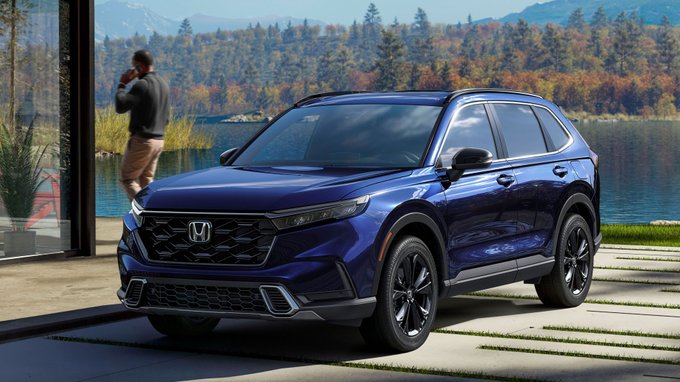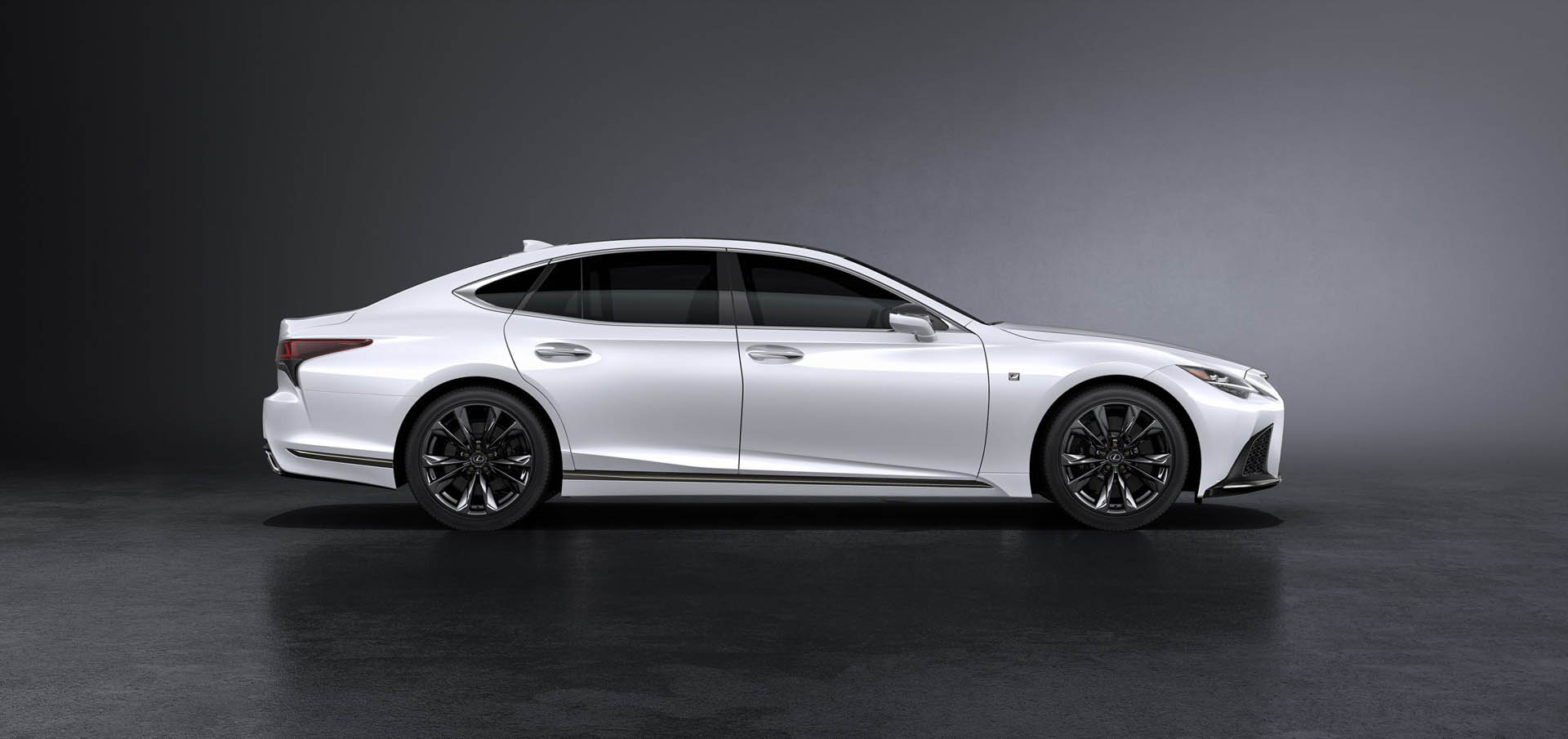What is gap insurance?
As you navigate through the labyrinth of paperwork and financing at the dealership, one question may arise:
Do you need gap insurance?
This term often confuses car buyers, leading them to make decisions without fully grasping its implications. But fear not, if you’re uncertain about what exactly gap insurance entails, here’s a breakdown to assist you in making an informed decision.
What is gap insurance and what does it cover?
Essentially, it bridges the gap between the actual value of your vehicle and the amount you owe on it. Imagine this scenario: you’ve financed a car for $30,000, putting down $3,000, leaving you with a $27,000 balance. Now, if an accident were to occur and your insurance covers only $22,000 due to depreciation, you’re faced with a $5,000 shortfall.
Gap insurance steps in to cover this difference, sparing you from bearing the burden. Interestingly, its name, “gap insurance,” is derived from “guaranteed asset protection,” rather than the disparity it addresses. Situations like the one described above, where the vehicle’s value depreciates faster than the loan balance, make gap insurance worth considering, particularly if your down payment is small (less than 20 percent), your financing term is lengthy (60 months or more), or your vehicle depreciates rapidly. Additionally, it’s often a requirement for leases and advisable if you accumulate high mileage annually.
Should you opt for gap insurance?
For many, it’s a prudent choice, not simply a dealer tactic to drain your wallet, though it’s not entirely free of that intention. Now that you understand its purpose, consider the cost. Dealerships may offer it for a flat fee ranging from $200 to $500, which might seem reasonable compared to potential future expenses. However, your insurer likely provides gap coverage at a fraction of that cost, typically $20 to $60 extra per year as an add-on to your standard policy.
Unlike dealership offerings, insurance-based gap coverage can be canceled once your vehicle’s value equals the remaining loan balance. Moreover, if you opt for dealership gap insurance, you could end up paying interest on it throughout the loan term. Essentially, gap insurance acts as a safety net against financial burdens when your vehicle’s value falls short of what you owe. Yet, it’s crucial to compare the dealership’s rates with those of your insurer to ensure you’re securing the best deal.





